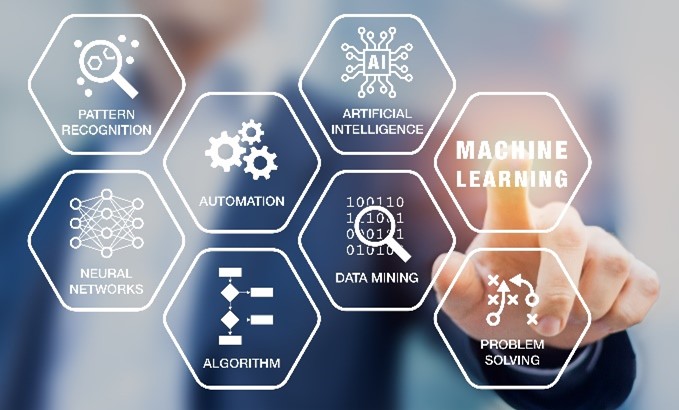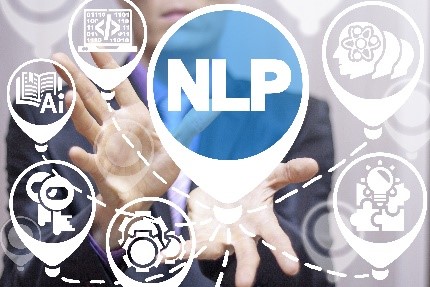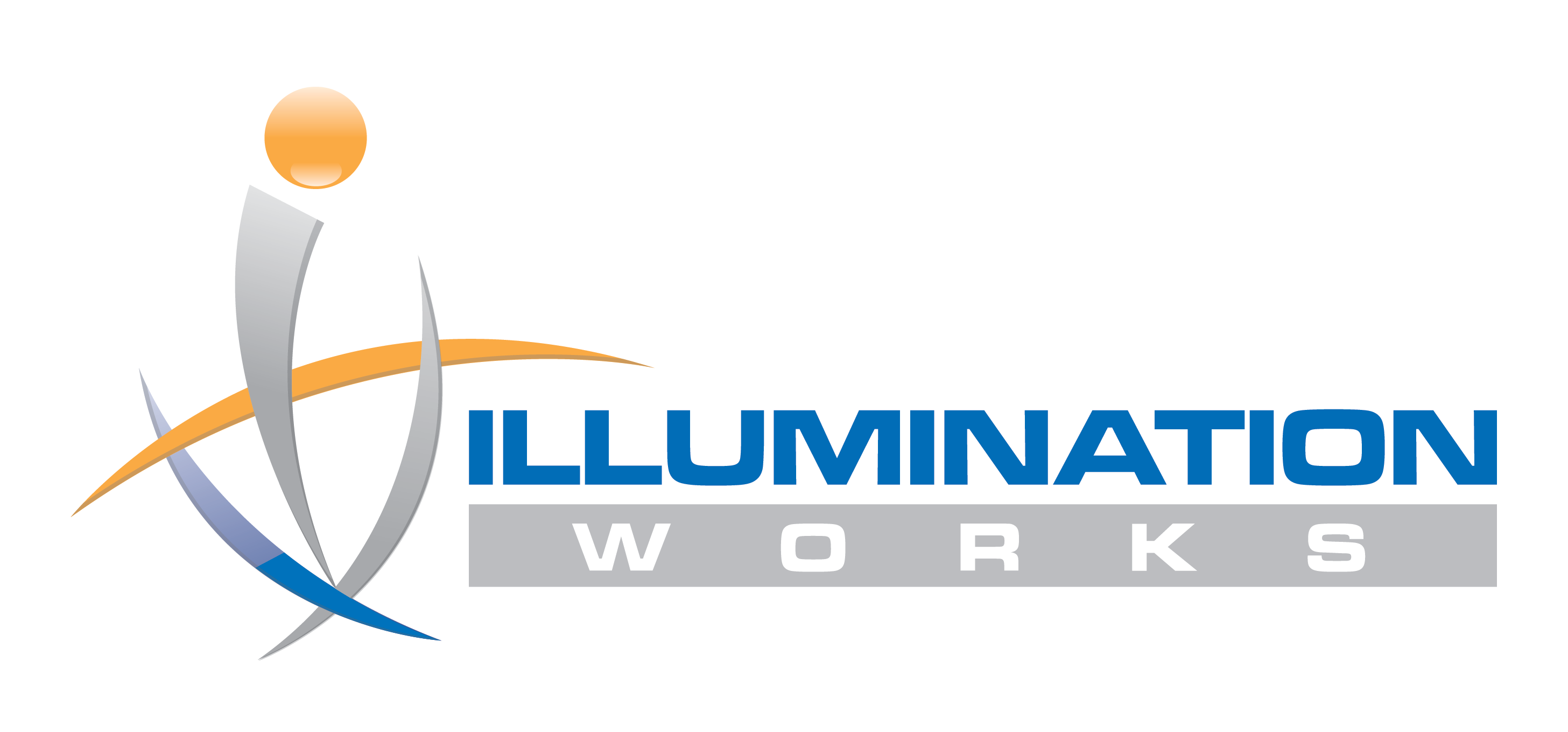We sat down with Jan Turkelson, Vice President, Government Division of Illumination Works, to learn about the recent growth and cool technology happening with our government projects.
Tell us about the recent growth you’ve seen in the Government Division.
Our most valuable growth is our shift from being part of a team to guiding a team. When Illumination Works was founded in 2006, our very first projects were partnering with prime contractors on government projects. Over the years, we continued building partner relationships with a lot of great companies primarily as a subcontractor providing expertise in data and system development, analytics, and business intelligence. In 2019, things began to shift, and we began getting our own direct awards, where we lead the execution of projects from start to end.
What do you feel was the biggest contributor to becoming a prime contractor?
The biggest contributor was breaking the code on how to take innovation into the DoD. With persistence, we finally found success in winning Small Business Innovative Research (SBIR) awards, leading to a big growth area for Illumination Works. SBIRs are exciting because we are not just leveraging existing technology, like continuing to run and maintain systems, but rather, we are coming up with new ideas on how to bring value to the warfighter and bring in the latest and greatest technology to help the Department of Defense (DoD) be more efficient.

“Our resources are smart, creative, talented, forward-thinking professionals who value a collaborative culture. We are surrounded by people who understand the latest technologies and are excited to continue advancing the tech to support our clients.”
Jan Turkelson, VP Government Division,
Illumination Works
Tell us more about these SBIRs.
We won our first Phase I SBIR in 2019. Fast forward to today, we have six Phase I and two Phase II SBIR awards under our belt. This exciting growth has led to about two-thirds of our current DoD work being in the Data Science space, doing advanced machine learning (ML) and artificial intelligence (AI).
For example, our data scientists and data engineers work these SBIRs leveraging a variety of advanced algorithms, supervised and unsupervised ML, probabilistic graphical modeling (PGM), and natural language processing (NLP) – all very sophisticated technologies. Our dedicated data science team enjoys putting in the extra effort to bring creative and new innovations and efficiencies to the DoD.

Our focus is always to improve process and technology efficiencies – making life easier on the end users, a vision that aligns with our overall company goal to bring user-centric digital transformation to our customers.
Are there any other growth areas you would like to share with us?
Another big growth area is the extension of our data expertise into modern technologies that directly relate to our ability to add value for our DoD customers. One example is our partnership with PTC, a global software company specializing in industry-leading augmented reality (AR) and Internet of things (IoT) solutions that enable integrated platforms for accelerating digital transformation. We are now bringing AR and IoT solutions to the DoD, which involves collecting data from sensors and presents that data in an AR form factor of the user’s choice. AR and IoT are a natural extension of where Illumination Works has always been – in the data space, with a focus on the user and making their job easier. These modern technologies give the DoD more robust information to make even better predictions for the warfighter. We are seeing the younger Airmen and Warfighters naturally accepting and capable of incorporating AR into their day-to-day tasks because these are the technologies of their generation, and it comes very naturally to them.
What technologies you are most excited about?
Taking advantage of the rich information in unstructured data sets with natural language processing. Our extension into Data Science and NLP represents a real niche for us as a government contractor, so taking advantage of the rich information in unstructured data sets is really exciting. A lot of our foundational projects had been around structured data and over the last couple of years we have been delving into unstructured data. Whether in the form of full PDF documents or smaller chunks of text narratives that have a lot of detail, this new information can help ease the users’ workload when we extract those nuggets of data and quickly enable better predictions.

NLP center of excellence. With the excitement around NLP catching on quickly and seeing a lot of need for this type of data science and advanced algorithms across the DoD, we have an employee-established NLP Center of Excellence that includes a synergy of talented employees that bring a variety of disciplines.
NLP has seen many advances in recent years, and we want to continue to be at the forefront to deliver on these advances and their benefits to clients
Human-machine teaming. An exciting activity we have going on right now with NLP is human-machine teaming, where we apply our data science work to create visualizations to help the end users’ decision making.
It is more than your basic business intelligence, and more than your typical interfaces, but rather more along the lines of user experience. User experience is a newer area for us, and the value it brings to our end-user customers is exciting – easing their workload and leveraging data and technology to make their lives better and easier in the workplace.

What are some differentiators that you want people to know about?
That’s easy, it’s definitely our people. Our resources are smart, creative, talented, forward-thinking professionals who value a collaborative culture. We are so lucky to be surrounded by people who not only understand the latest and greatest technologies but that are excited to continue advancing the technology and constantly bring these great ideas into ILW to support our clients.
Our people go above and beyond. These are people who don’t just want to check a box and call it done, but rather they want to bring that extra value to our customers. As an example, on a recent project, we were asked to leverage a costly commercial-off-the-shelf (COTS) reporting tool. Our team suggested the use of Shiny (an R package) instead to help get the customer to the visualizations they needed faster, ultimately cutting the time in half compared to COTS – our people brought this solution to them without their asking us.
Our people genuinely care about our customers. Data Science Practice has taken the initiative to standardize their approach and tactics, as well as their desire to educate and train our customers. Our data scientists realized that too many people (including me) think of data science as a black box tool – many people do not understand the algorithms behind the scenes. To help customers better understand, our team created a data science workflow and explanation engine, so the end user knows what they are getting and why, thereby shedding light on the mysterious black box.

Our people are forward thinkers. We would not be where we are today without amazingly talented forward thinkers, which starts at the top with our leader—Jon Mitchell, Owner and CEO/CTO. Jon is passionate about technology and innovation, and he drives that excitement down to the workforce.
Our people have a great breadth of skills and thrive in a collaborative environment. With skills from a variety backgrounds and experiences ranging from biology to mathematics to computer science – these are complementary skills that pair together very well and support our collaborative company culture, which is one of our greatest differentiators. The teamwork, synergy, and professionalism of our people is impressive, and they still have fun and get excited about what they are doing. Our people naturally support and grow their peers through mentoring, sharing technologies at monthly lunch and learns, and participating in team building virtual meetings and activities.
Has changing to a more remote workforce affected the Government Practice?
Work from home model. We have changed to a primarily work from home model and found that our resources work just as well remotely. They have seamlessly continued to collaborate as well as they did when they were physically sitting together. The change to a more flexible work environment and providing flexible options that work best for their family and situation, goes a long way toward keeping our people happy.
Larger hiring pool of qualified resources. Something newer for us is the benefit we get from being able to hire from a larger pool of qualified resources – hiring for the skills, with physical location not being as important as in the past. We now have remote workers in Alabama, Louisiana, Texas, and the Washington DC area and we plan to continue with this hiring model.
Technologies change so quickly, how do you stay on the leading edge?
Staying leading edge in today’s fast changing environment ties directly to our culture. We have top-tier technology talent who like a good challenge. We hire people who are curious and want to invent new and better ways of doing things. We encourage people to keep up on training and certifications. For example, over the last 18 months we have grown our certifications in Microsoft Azure to three Microsoft Gold levels: Application Integration, Data Analytics, and Application Development. Our government folks also understand the importance of staying current with DoD security requirements. We have a lot of people with certification in Security Plus, which is very exciting. We really could go on and on about this as we have so many people with relevant certifications that apply to their personal technology niche.
Another contributor to staying at the forefront of technology is our Innovation Lab. With our lab, we invite our people to challenge the status quo and seek out and test new approaches and technologies. We choose which of the newest technologies to invest in based on research and client needs and use the lab to prove out relevant use cases that we then can offer to our customers.
Tell us where you see things going next for the Government Division.
Our technologies are starting to transverse the various DoD Services. When ILW and the Government Division started in 2006, we were very focused in the Air Force. In the last year, we have begun demonstrating the value that what we bring can be applied across all DoD services, and we have expanded our focus to ensure we can bring our new capabilities to the Navy and the Army. We have received two Navy awards and are now working with both NAVAIR and NAVSEA through SBIRs. We are also having great conversations with the Army around not only data science, but AR and IoT as well and they are able to see the applicability of what we have done with the Air Force and Navy as applied to their data challenges.
What are some of the ways DoD customers can get to you as a prime contractor?
In addition to SBIRs where we can be leveraged as a prime contractor, we are also on a couple IDIQs and OTAs. On the Air Force side, we are on the SBEAS IDIQ as the lead partner for LifeCycle Solutions JV with DSD Laboratories. SBEAS provides a broad scope for IT capabilities across the Air Force. We have also recently been awarded the SeaPort NextGen IDIQ contract vehicle out of the Navy, and are on the SOSSEC and TradeWind OTAs as well. We are working towards a couple others, including GSA MAS and Polaris vehicles. Learn more about our contract vehicles.
Do you have any recent success stories you would like to share?
Contract analyses across areas. One is an Air Force project at Wright-Patterson AFB. Their challenge was not being able to analyze their contracts across various areas. To date, our team of data engineers and data scientists have loaded 3.7 million contracts and are performing cross-functional analyses, providing the Air Force with information they have never had access to before. One finding was our ability to identify every place they have purchased Oracle licenses and whether they were being used or not to identify ways for better strategic sourcing and leveraging existing purchases. Learn more…
Machine learning to cleanse data. Another example is a project with the Navy. A challenge they are dealing with is a large volume of errors, and their manual data correction process is inefficient by comparison, making it such that the errors were affecting their ability to gain accurate insights. This effort began as a Phase I SBIR leveraging applied ML and graphical modeling to automatically cleanse data errors for higher confidence in data to enable informed decisions as well as improve analyst productivity because they are not spending as much time fixing errors. We are now in Phase II where we are implementing enhancements, helping with data management, and adding a user interface across domains. Learn more…
Augmented reality for training. In addition, at Kirtland AFB we leveraged our partnership with PTC, selling their Vuforia Expert Capture software and then trained the Kirtland team to use the software on headwear devices to create step-by-step procedures. To date, Kirtland has created over 50 AR procedures being used for training with training time on these procedures cut in half. Learn more…

About Jan
Jan Turkelson is the Government Vice President at Illumination Works. Jan is a leader in information management and digital transformation solutions. She is dedicated to high quality results, innovation, and tackling some of her clients most challenging strategic and technical visions. She is a disciplined leader with a proven track record in both large and small business. Jan has deep expertise across technology solutions where she has focused on program management, enterprise data management, data science, big data, data warehousing, visualization, system implementation, AR/VR, IoT, and business transformation. Jan has over 20 years of experience in DoD Information Management and has significant experience within the Air Force logistics domain. Jan holds degrees in Accounting and Information Systems Auditing and Controls. She is also a Program Management Professional, Lean/Six Sigma Green Belt, and Prior Certified Information System Auditor. Follow Jan on LinkedIn

